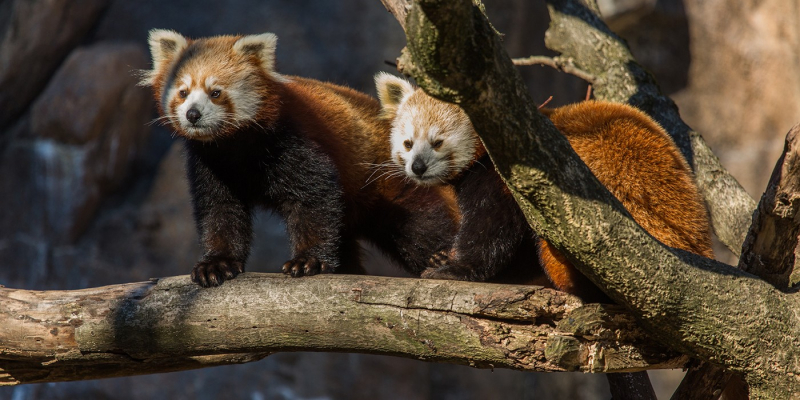Fur from red pandas serves as camouflage.
Although the reddish tint of a red panda's coat may appear out of character for a species that thrives in forests, it really helps them blend in with their surroundings. Trees in the Himalayan forests of China, India, Nepal, Bhutan, and Myanmar are covered in reddish-brown moss and lichens, which is their natural habitat. Additionally, red pandas have black fur on their belly and legs, which helps them blend in with the dense undergrowth and avoid being seen by predators like snow leopards.
However, one of the interesting facts about red pandas is that they have been found to be especially good at hiding from predators by creeping into the branches of tut trees, which are typically coated in reddish-brown moss. This is helpful since it looks that dying at the hands of a snow leopard is an extremely terrible experience.
Red pandas may blend in very well with their surroundings, so it might occasionally take a miracle to identify one, according to Sonam Tashi Lama, project coordinator for the Red Panda Network. According to him, "there are mosses that are similar to the hue of red pandas, so at times, we assume there is a red panda far in the distance." He is sometimes dismayed to discover that the crimson blob is actually only a clump of moss when he gets closer.











